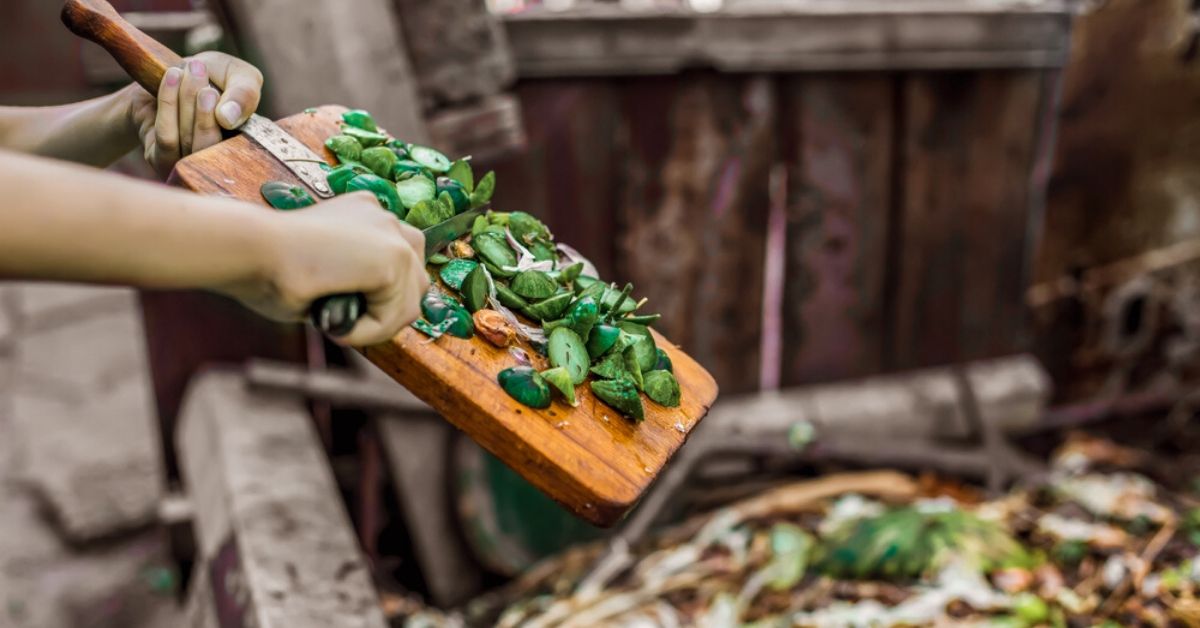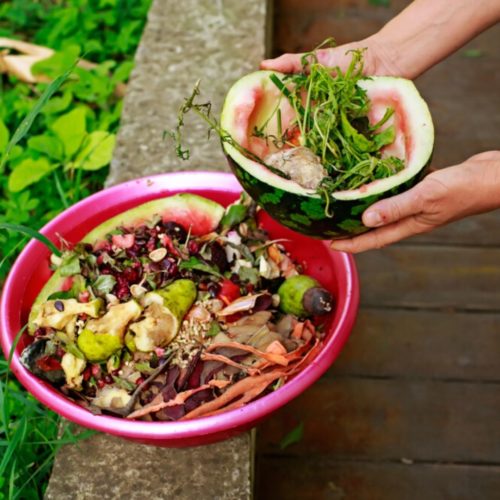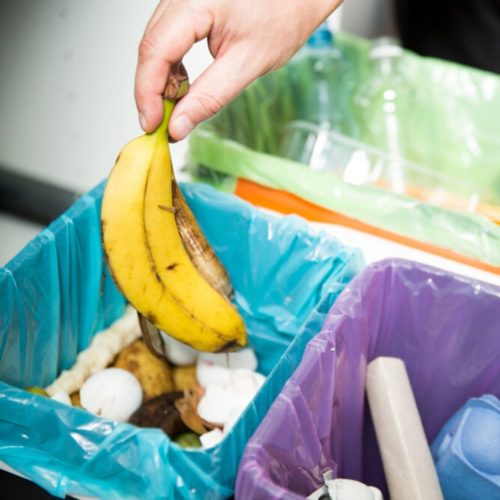Experts Answer: How to Make Organic Compost & Fertilisers at Home
Wondering how to kick off your own composting project right at home? Here are the answers!

We often receive emails from our readers, asking doubts about their experiments with sustainable living. So, here’s a section dedicated to you – TBI’s ‘agony aunt’ for all things green.
This week, one of our readers wanted to know how to make organic compost and fertilisers at home to keep their home kitchen garden healthy and happy.
To answer their question, we got Manvitha Reddy, the proprietor of HomeCrop to lend her expert advice.
Reddy is a believer in growing your own fruits, herbs and vegetables, especially in a day and age where most of our foods are contaminated with chemical fertilisers and pesticides. Here’s a detailed low-down on how to take care of your garden the right way.
Guidelines for how to compost

Choose a bin: Anything from an unused plastic container to a cardboard box works. If you are using a paper-based container like cardboard, line it with newspaper to absorb the moisture from the peels. If it is a plastic container, make sure you make small holes around the container for aeration.
Add materials: Not everything can go into the compost bin. “Say yes to vegetable scraps, eggshells, yard waste (lawn clippings, leaves), newspaper, manure, coffee grounds and filters. While items like meat or animal products (bones, fish, eggs, butter, yoghurt etcetera), coal ash, weeds or weed seeds and pet droppings are a big no,” states Reddy.
Layering process: First, layer one fourth of the container with dry leaves/ newspaper clippings, and twigs (brown waste). These will absorb the moisture from the kitchen waste. Then, layer your vegetable peels, coffee grounds (green waste) on top of the dry leaves. Cover the kitchen waste with brown waste again until the container is full.
Add sour buttermilk or curd (not too much) as they are chock-full of microbes that will kickstart the process of breakdown.
Leave the container aside for 4-5 weeks, and the compost will be ready.
Guidelines for making fertilisers at home

Reddy shares four quick ways to make fertilisers at home that hardly take any time and effort.
Banana peels: Bananas are rich in potassium. They also contain calcium and phosphorus are perfect for fertilising flowering and fruit plants. You can bury banana peels in the soil at the base of your plants and allow them to decompose. You could also freeze your overripe bananas and then bury those next to your plants. Or, make a spray by soaking banana peels in water for three days and then spray your plants or seedlings to add the needed nutrients. This is also an excellent recipe for houseplants.
Coffee grounds: This is an especially good fertiliser for roses, hydrangeas, and magnolias, but you can also use it on your veggies to help them grow.
“Work your coffee grounds into the soil at the base of your plants, and the coffee will perk those plants right up! It’s super-rich in nitrogen, but ensure that you do not add too much as it may turn the soil acidic which is harmful to the plants,” she adds.
Egg Shell Fertiliser: Eggshells contain a lot of calcium which helps with the cellular growth of your plants. Calcium deficient soil can often lead to various garden catastrophes. You can crush up used eggshells and then bury them in the soil. Or, you can make a spray with 20 eggshells and a gallon of water.
“Boil the shells in the water for just a few minutes and then leave overnight. Strain the shells and add the water to a spray bottle to spray directly onto your soil,” shares Reddy.
Cooking water: This is another excellent homemade fertiliser. The nutrients will differ depending on what you’ve boiled. Veggies, rice, eggs, pasta, potatoes and spinach are all foods you can boil and use the water from cooking them as fertiliser for your plants.
Making your compost and fertilisers at home is simple and effective. And what better time to do it than during the quarantine.
Also Read: COVID-19: 21 Cool Things You Can Try Out in 21 Days, Right at Home!
(Edited by Gayatri Mishra)
Like this story? Or have something to share? Write to us: [email protected], or connect with us on Facebook and Twitter.
If you found our stories insightful, informative, or even just enjoyable, we invite you to consider making a voluntary payment to support the work we do at The Better India. Your contribution helps us continue producing quality content that educates, inspires, and drives positive change.
Choose one of the payment options below for your contribution-
By paying for the stories you value, you directly contribute to sustaining our efforts focused on making a difference in the world. Together, let’s ensure that impactful stories continue to be told and shared, enriching lives and communities alike.
Thank you for your support. Here are some frequently asked questions you might find helpful to know why you are contributing?


This story made me
-
97
-
121
-
89
-
167













